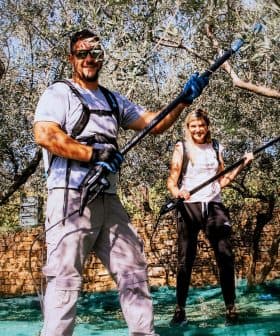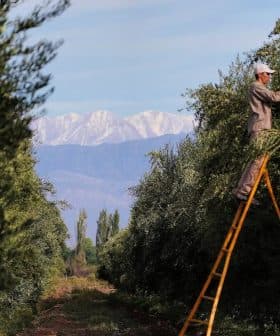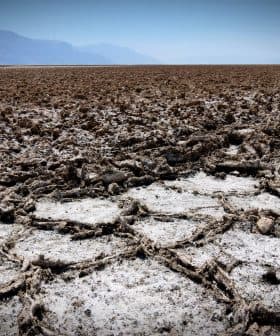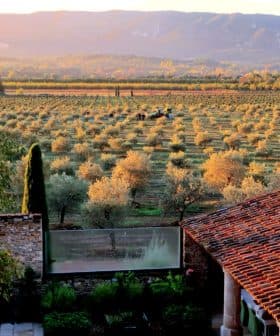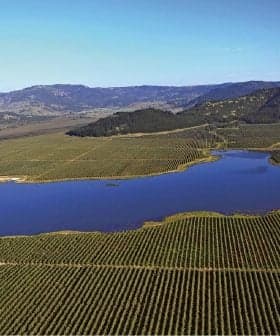How One Producer Deals with Rising Volumes and A Shorter Harvest in France
In the South of France, the producer behind Mas des Bories manages a bumper harvest and a shorter window to mill.
 Mas des Bories is named after the iconic drystone huts dotting the Provençal countryside. (Photo: Mas des Bories)
Mas des Bories is named after the iconic drystone huts dotting the Provençal countryside. (Photo: Mas des Bories) Mas des Bories is an olive farm and mill in Provence founded by Claire De Fina Coutin in 2019, which had a successful harvest in 2023/24 despite drought conditions. The farm focuses on producing high-quality, gourmet olive oil in small quantities, earning recognition at the 2023 NYIOOC World Olive Oil Competition.
Mas des Bories sits among rows of olive trees, some centuries old, in the heart of Provence, a wine and olive oil-soaked region in southern France.
On either side of the mill are olive groves, stone terraces and old bories – medieval igloo-shaped huts made of dry stones that dot the Provençal countryside.
We see the maturity dates of our olive varieties are closer due to climate change, which makes harvesting and crushing more difficult.
Claire De Fina Coutin, an agronomist who fell in love with the region, founded the olive farm and mill in 2019. Her grove comprises about 1,700 trees, roughly 30 to 50 years old. She told Olive Oil Times that despite the drought that has plagued most of Europe, the 2023/24 crop year was a roaring success.
See Also:Meet the Man Trying to Transform the Olive Sector in France“This year was a good year. We had a great harvest despite not having much rain,” De Fina Coutin said. “Last year was good too, but this year was better.”
According to preliminary estimates from France Olive, a producers’ association, France was anticipated to produce 4,400 tons of olive oil in 2023/24, a market improvement from the 3,500 tons produced in 2022/23.
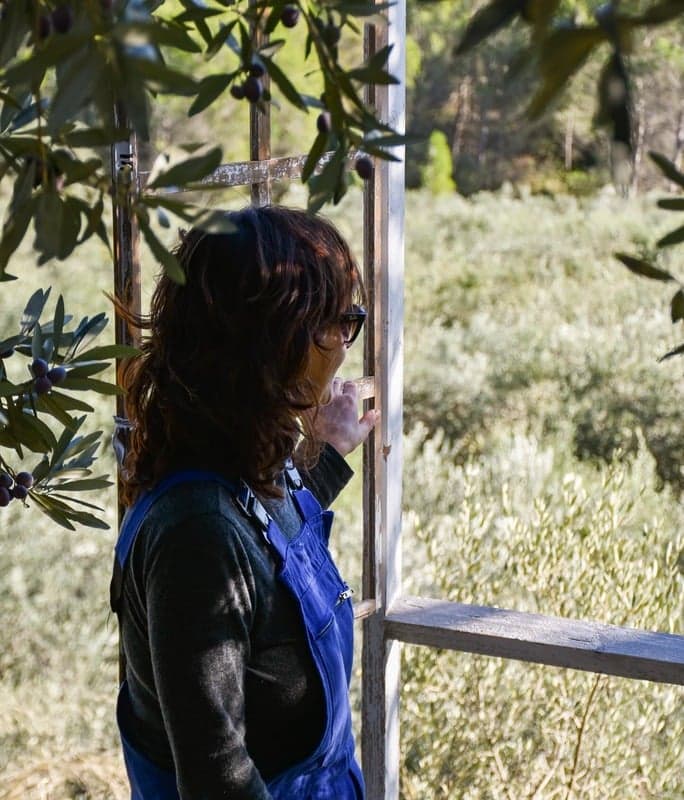
Claire De Fina Coutin founded Mas des Bories in 2019 after falling in love with the olive groves and landscape in Provence. (Photo: Mas des Bories)
“Typically, our harvest tends to be better than other regions,” De Fina Coutin said. “The reason for this is our unique microclimate, thanks to our location in a valley.”
Mas des Bories is in Salon-de-Provence, one of the most expansive natural landscapes in France. The area is rich in wild fauna and flora, from Alep pines, oaks and broom to scrubland across vineyards, orchards and olive groves.
“Due to our dry and sunny micro-climate, we didn’t suffer from the summer heat,” De Fina Coutin said. “We were protected by our location in the valley with trees. And we use irrigation, too, so that helps. But we do not need to irrigate throughout the year; we irrigate only for short periods.”
“As for the harvest itself, there was not much difference between this year and last year,” she added. “I would say that this year’s harvest was perhaps ten to fifteen percent more than last year’s. But it’s important to note that the harvest was uneven across France. Some regions had good harvests, while others were more affected by the climate. In this region, we are in a privileged pocket of France.”
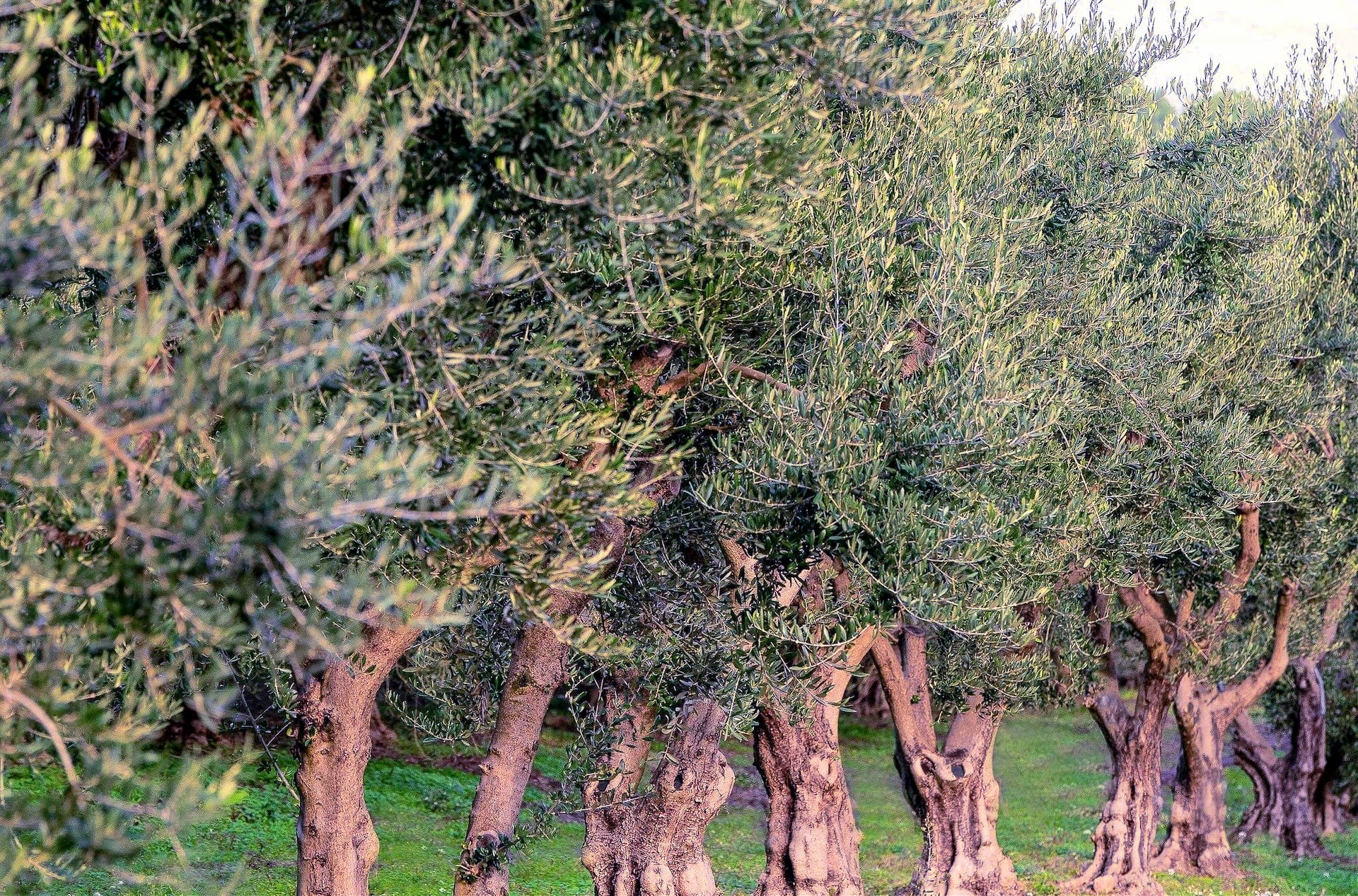
De Fina Coutin said the harvest seasons are becoming shorter, pointing to climate change as a likely cause. (Photo: Mas des Bories)
“The hard work that comes with any harvest remains, though,” De Fina Coutin continued. “It’s intense because we produce, package and market each bottle.”
Part of this intensity came from more foot traffic. De Fina Coutin said her mill was much busier this year. “Since we are made to measure, it is difficult to say whether sales are better this year,” she said. “However, there were certainly more people at our presses looking for freshly pressed olive oil.”
“It’s hard to tell why there are suddenly more people,” De Fina Coutin added. “They do not necessarily do it [to take advantage of high olive oil prices] but mostly because of tradition. Although it is less expensive in the presses, especially if you have your own olives and the quality is undeniable. Because the rain was better this year, the quality has also been so much better.”
Regarding the harvest from her olive grove, De Fina Coutin noted that she is less concerned about quantity than quality, and part of her mission is to offer excellence in a bottle.
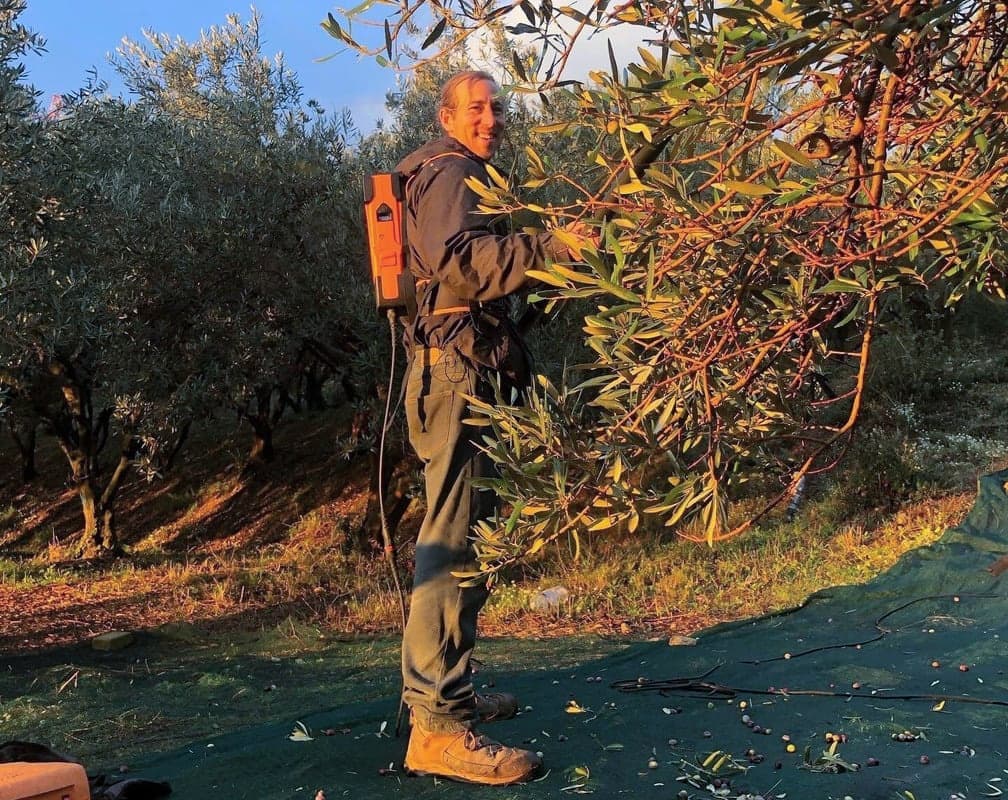
De Fina Coutin’s production is up by 15 percent. (Photo: Mas des Bories)
“This would be my fifth harvest,” she said. “It is a small enterprise. We provide high-quality, gourmet olive oil in four monovarietals: Salonenque, Grossane, Bouteillan and Aglandau.”
Mas des Bories earned two Gold Awards at the 2023 NYIOOC World Olive Oil Competition for its Bouteillan monovarietal and a blend of Salonenque, Bouteillan and Aglandau olives.
“In other words, our focus is on producing highly aromatic varieties, taking on an artisanal approach and bottling our oils to the highest standard,” De Fina Coutin said. “In that sense, we do not worry too much about the volume of our production, which is affected by environmental changes.”
She added that the success of her business model is not dependent on volume. Still, she admitted that the changing climate is having an impact as it alters extra virgin olive oil flavors. “With climate change, we are also seeing a shorter harvest period,” De Fina Coutin added.
Mas des Bories mainly focuses on producing monovarietal oils, with the logic for this approach based on the distinct optimal maturity dates of each olive variety. The shorter harvest period has raised new challenges.
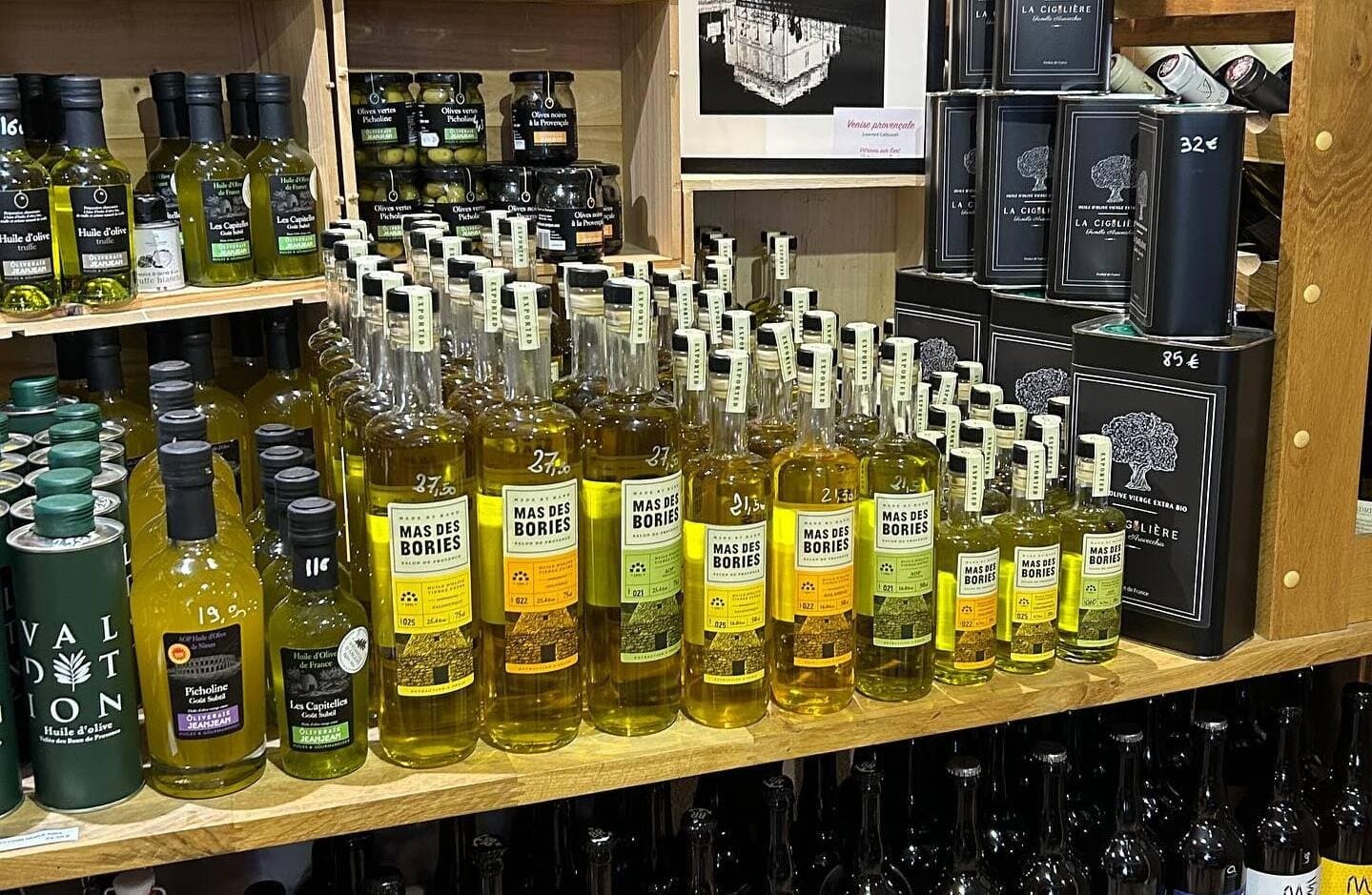
Mas des Bories produces Salonenque, Grossane, Bouteillan and Aglandau monovarietals and a signature blend. (Photo: Mas des Bories)
“We harvest our four varieties of local olives separately at different maturity dates,” De Fina Coutin said. “Before the maturity dates were spread over time, which helped us organize the harvest and the crushing of each variety.”
“We see that the maturity dates of our olive varieties are closer due to climate change, which makes harvesting and crushing more difficult because everything must be done in a shorter period of time,” she added.
While France escaped the worst consequences of the drought in the 2023/24 crop year, De Fina Coutin cited water management during extremely dry years as a challenge facing olive growers in the south of France.
“However, despite all the setbacks, we expect to keep our client base, which is roughly split between Europe and the United States,” De Fina Coutin concluded.
Share this article


